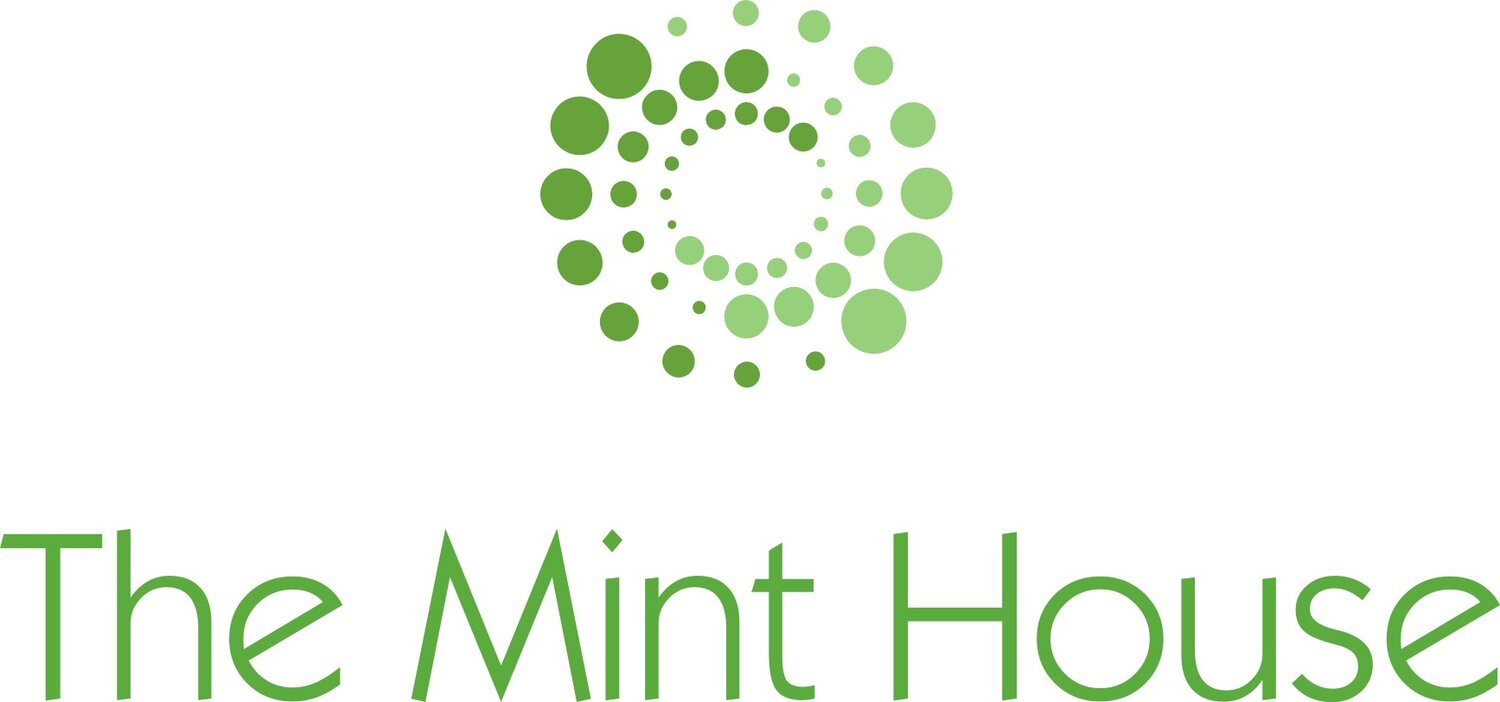by Miranda Warner
In 2019, in partnership with NGO ‘Restore’ in Pollsmoor Prison, Cape Town, I facilitated a course which utilised an applied theatre toolkit to engage with restorative justice. The course was attended by men who were soon to be released, and focussed on emotional literacy, anger, empathy, forgiveness, and reintegration.
Restorative justice takes the emotional impact of crime on all parties seriously and sees this encounter with the other and their emotional reality as the locus of healing and restoration. My hope was this this emotional, experiential core of restorative justice might interact fruitfully with the practice of applied theatre; as we used drama activities to explore emotions and to embody and investigate the perspective of ‘characters’ other than ourselves.
In our first week we looked at expanding our emotional vocabulary, and we identified the emotions that we were most familiar with, and those which we felt uncomfortable with or unable to share. These themes were explored using drama improvisation activities. The second week focussed on anger and used forum theatre techniques to explore the different ways we can express anger without it leading to violence. The third week centred around the theme of empathy, utilising freeze frames to imagine ourselves as victims of crime. The fourth week explored forgiveness using role play through puppetry. Restorative conversations were acted by puppets and the place and power of apology was explored. The final week centred on the participants’ hopes for life outside prison and the obstacles that might stand in the way of those goals; creating and enacting ‘life obstacle courses’ through which the participants could ‘rehearse’ challenges they anticipated facing on release, building confidence as they did so.
Reflections on the programme from participants saw a high value being placed on the practical, action-based approach, on skills and strategies gained for life on release, and for processing emotions differently. One participant spoke of how his ‘eyes had been opened’ and another said he wanted to return to ‘apologise to each and every person in my street’. A further participant shared the realisation that ‘my actions have an impact on others without [me] even knowing’. Almost all of them spoke of ‘brotherhood’ and community they had found in the group, one writing that in this group he had ‘worked with people “together” which I didn’t’ think was possible’. As an illustration of the potential efficacy of this type of work in restorative practice I shall outline two particularly significant moments from the course in which a meaningful interaction with restorative justice can be clearly identified.
In our third week we staged a still image (like a 3D photograph or a tableau) of a family who returned home from a celebration to discover that their house had been broken into. The actors froze in position reacting to the realisation of what had happened. Each participant was asked to remain in character and describe what they were thinking and feeling. They did this with considerable depth, sometimes breaking into substantial monologues. One character reported that he felt violated by someone having entered his home, another described themselves as terrified and devastated, and a detailed narrative developed concerning the break-in’s impact on one son. In addition, one of the participants watching the scene filled in the house breaker’s story, explaining that he ‘wanted his next fix’ which led to a conversation about the impact of drug addiction upon a community. There was extensive conversation amongst participants about how putting themselves in the metaphorical shoes of those on the receiving end of crime shifted their perceptions. Participants expressed the emotional weight of this expanded perspective and many shared stories of their own experiences at the receiving end of crime.
In our fourth week we co-created a scenario in which a man came home to find his friend in bed with his wife. This man stabbed his friend and later went to prison, whilst the ‘friend’ recuperated. I suggested that two participants could volunteer to enact and explore what might happen when these men met years later if one or both parties were willing to apologise. No-one was willing to step into either of these roles as I was told categorically that ‘men don’t apologise’. The next session we returned to this story we had co-created but this time using the medium of puppetry. Each participant made his own paper puppet and then, in pairs, they carried out a conversation between these puppets. This approach meant that no-one had to act an apology, nor perform one for an audience. Each pair was willing to take part in this version of the activity, and to report their experiences, and a wide variety of different conversations and outcomes were reflected on in the group.
The following week a participant told me that over the weekend his prison gang had required him to assault another member of our group, which he had done. Afterwards, feeling remorse, and reflecting on the conversations we’d had that week, he went to the other participant, apologised, and sought his forgiveness, which was given. They left the session that day with one posing the question; ‘we’re brothers, right?’ and the other giving the response ‘yes, you’ll always be my brother’. This seems to suggest that exploring a fictional restorative conversation from a safe distance created the opportunity to imagine and risk undertaking such a conversation in a non-fictional setting.
The participants’ willingness to engage fully with the course, and the community we forged as they did so, not only had an impact on them, but also challenged, educated, and inspired me in restorative practice. I am richer for the relationships I forged with these courageous and open-hearted men.
Miranda Warner has an MA in Applied Theatre; Drama and the Criminal Justice System and is Restorative Justice Facilitator for Restorative Justice Nelson in New Zealand.
We are exploring this topic further in our upcoming event: Using the arts to engage with restorative justice



